|
John Asano
Monet’s Pond: A Picture Perfect Place in Gifu

Monet’s Pond is a breathtaking piece of nature in the beautiful mountains of Itadori in Gifu Prefecture that brings a famous Monet painting to life with its crystal-clear water, lilies, and colorful koi carp. Known as mone no ike in Japanese, this spot has been receiving a lot of well-deserved publicity in recent times and is a hidden gem well worth a visit if you are in and around either Gifu City or Seki in Gifu Prefecture.
Table of Contents
The Pond with No Name
This instagrammable wonder strangely does not have an official name and is called the nameless pond or “Pond with no Name” in Japanese. It earned the cool nickname “Monet’s Pond”, after gaining fame on social media, where pictures of the stunning pond started to create a buzz about it. People commented on social media that the pond has a striking resemblance to a Claude Monet painting with water lilies floating in clear turquoise water with colorful Japanese carp swimming around the water lilies, and the name “Monet’s Pond” stuck.
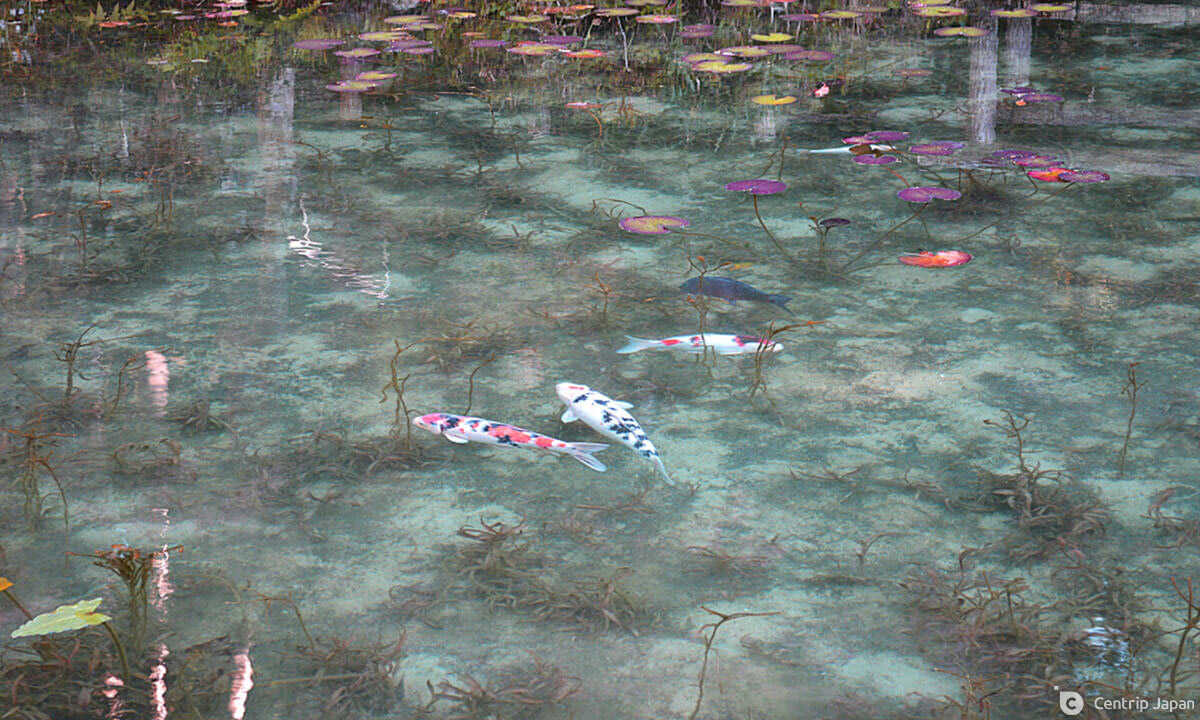 Picture perfect just like a Monet painting
Picture perfect just like a Monet painting
What was once, an ordinary pond near a small rural shrine, is now a masterpiece attracting visitors from all over Japan.
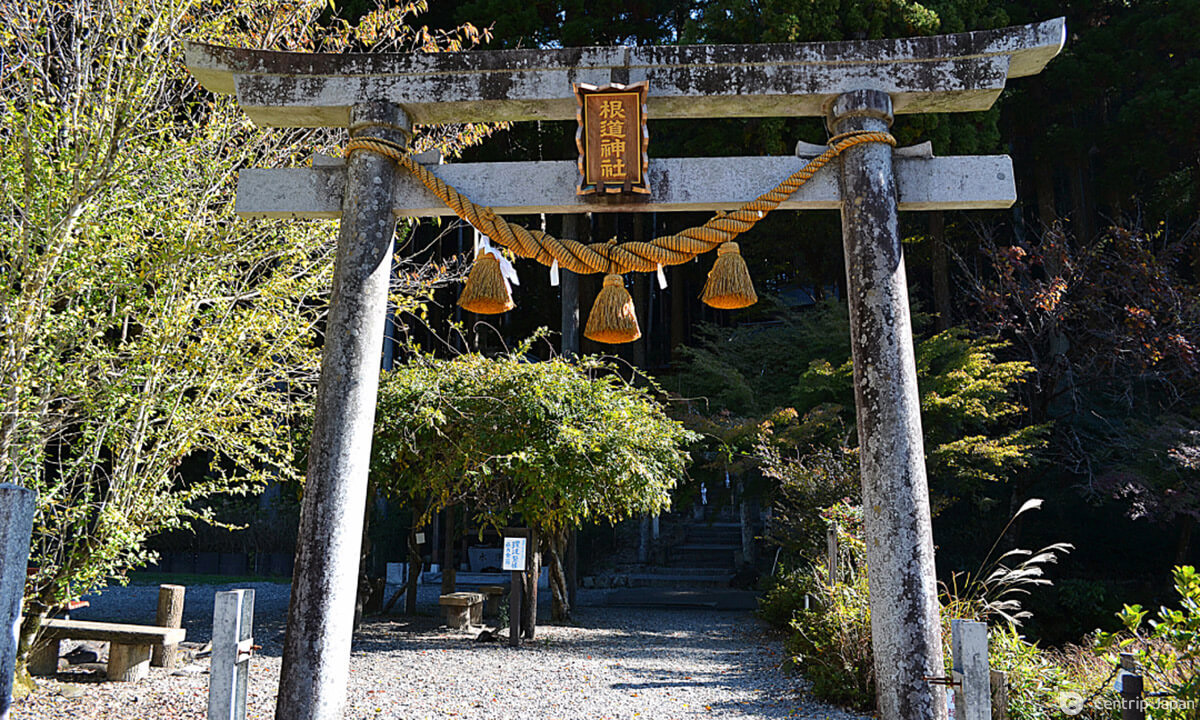 The entrance to Monet’s Pond and Nemichi Shrine
The entrance to Monet’s Pond and Nemichi Shrine
The Pond in Depth
The crystal-clear turquoise water in the pond is natural spring water from the nearby mountains. The pond has a depth of about 80 cm with the atmosphere and feeling of the pond changing throughout the day depending on the direction and strength of the light.
Claude Monet’s Water Lilies
French painter and founder of impressionism, Claude Monet’s (1840-1926) water lilies series was a collection of 250 oil paintings by Monet. The artist attempted to paint nature as he perceived it with the paintings depicting his flower garden at his home in Giverny, a pretty village in the old province of Normandy.
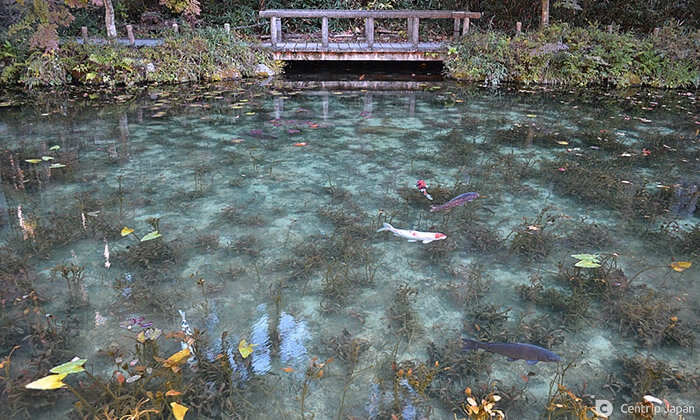
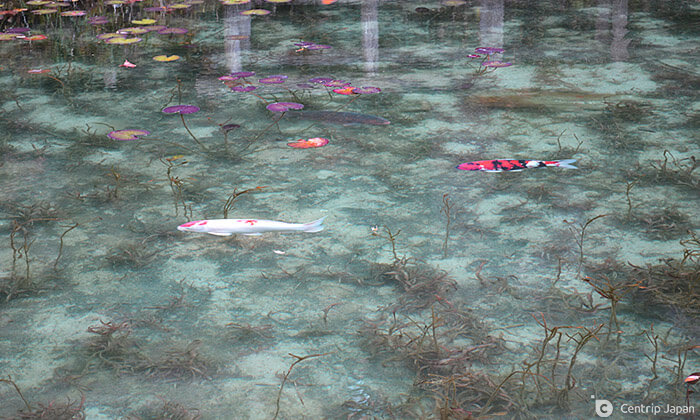
Nemichi Shrine
Nemichi Shrine is a Japanese Shinto Shrine located next to the pond. The shrine is said to have been founded in the mid-9th century and is just a single wooden building built to honor the gods and goddesses of the Shinto faith.
A climb to the top of the shrine will reward you with a nice view of Monet’s Pond from above as well as the surrounding mountains, which are especially picturesque in fall when ablaze with color.
 The entrance and path up to Nemichi Shrine
The entrance and path up to Nemichi Shrine
 The temizuya at Nemichi Shrine
The temizuya at Nemichi Shrine
 The main shrine building
The main shrine building
The Heart Carp
There is a cool local superstition attached to the pond. Legend says that if you spot the Japanese carp with a bright-red heart on its head, you will find true love. Unfortunately, on this day, I did not spot it, but that is okay. I have already found true love after all.
The Best Time to Visit
The best time to visit Monet’s Pond is in the early summer when the water lily flowers are in full bloom, or in fall to catch the vivid red colors of the Japanese maples which surround the pond and shrine. The best time to see the water lilies is usually from May to October with the autumn foliage hitting its peak from mid-November to early December.
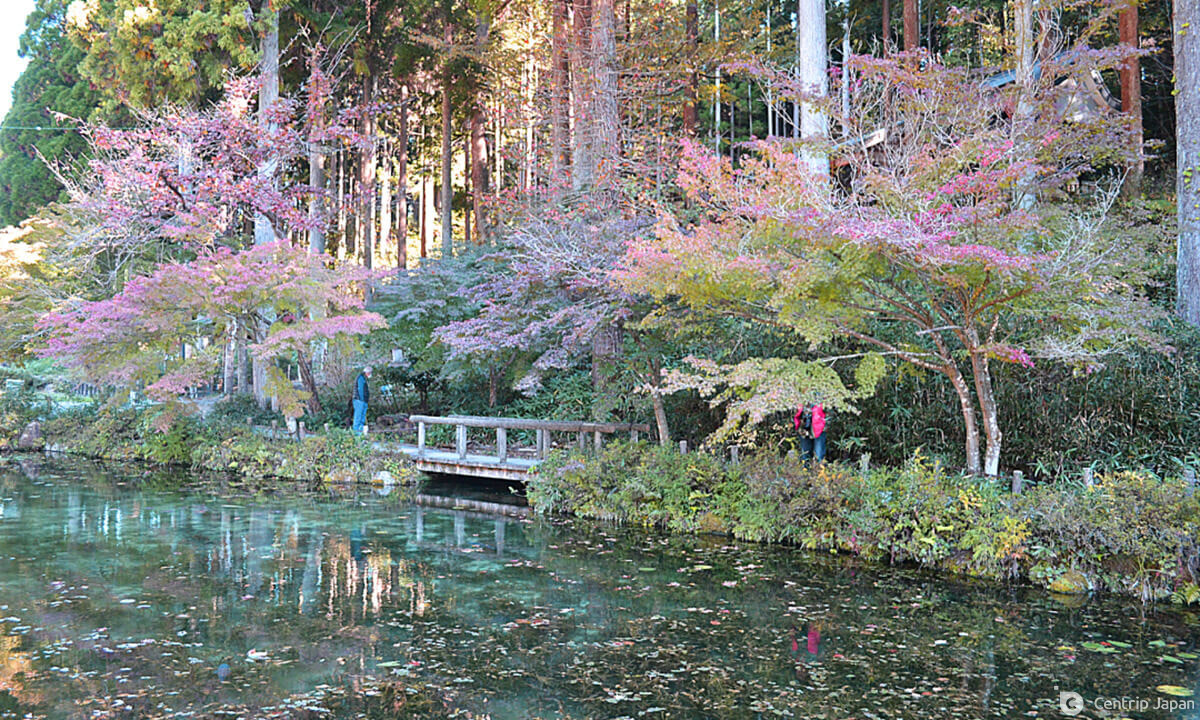 Monet’s Pond in early fall
Monet’s Pond in early fall
The Itadori River
The stunning Itadori River is a popular spot in summer for locals to escape the heat and cool off with the crystal-clear water remaining cold even in the middle of summer. You can check out the river near the main parking area (dai-ichi) which is a short walk from the pond.


Itadori Flower Park
Located next to the pond is the Itadori Flower Park, a greenhouse selling various kinds of flowers. There is also a small stall outside, where you can pick up some snacks such as kusa mochi , a Japanese sweet made from mochi and the leaves of yomogi (Japanese mugwort). The vivid green color of the mochi perfectly matches the lush, forested vegetation of the surrounding mountains.
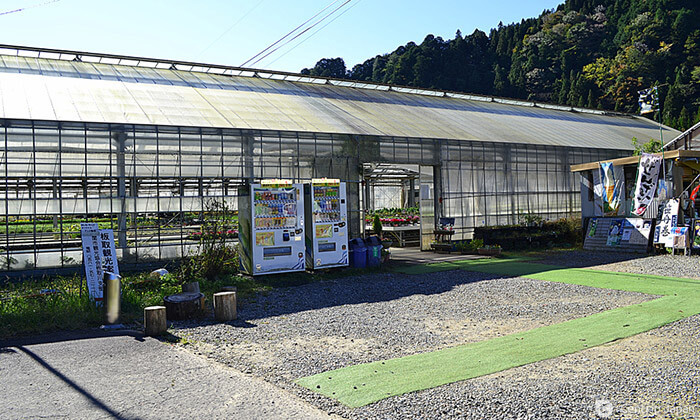

The Colorful Hydrangea Road
The “Hydrangea Road” is a 24-kilometer long stretch of road lining the Itadori River, which comes alive every June in Japan during the rainy season. The long and winding road is a veritable treasure trove of vibrant hydrangea, known as ajisai in Japanese. There are around 7,000 hydrangea flowers, the symbol of the rainy season in Japan adoring the side of the road in a variety of colors.
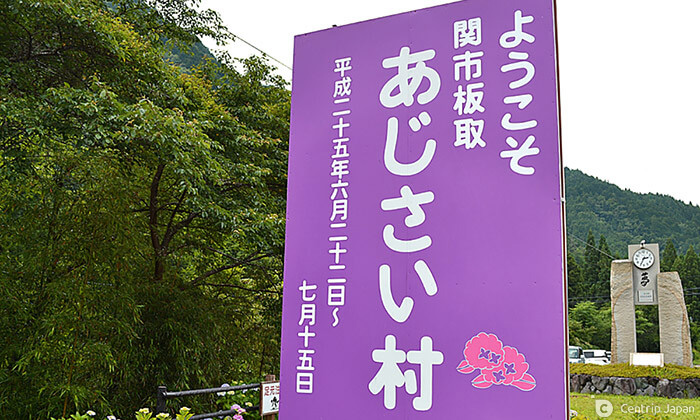 Welcome to the Hydrangea Village
Welcome to the Hydrangea Village
 Hydrangea flowers
Hydrangea flowers
The drive along this twisting mountain road framed with beautiful hydrangeas is simply stunning. The majority of the flowers are a deep purple or violet, due to the acidic local soil.
The best time to see the colorful hydrangeas is from late June to early July.
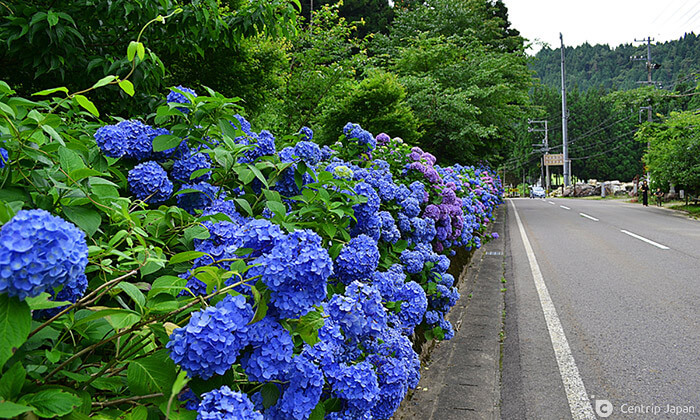 A drive along the Hydrangea Road
A drive along the Hydrangea Road
 Hydrangea along the road
Hydrangea along the road
Wrap Up
If you are looking to escape the big city and get out and about in the gorgeous nature that Japan has to offer, Monet’s Pond should be near the top of your bucket list.
 eautiful nature around Monet’s Pond
eautiful nature around Monet’s Pond
How to Get There?
From Nagoya Station, take the JR Tokaido Line to Gifu. From Gifu Station take a Gifu Bus (Gifu Itadori Line) to Horado Kiwi Plaza. From here, take the Itadori Fureai Bus to Ajisaien-mae. It should cost ¥770 (one way) from Nagoya.
The easiest and most convenient way to get there is by car. You can rent-a-car from one of the many rental places around JR Gifu Station. It takes around an hour to get there with plenty of parking available around the pond.
Click here to get the latest information on Central Japan.Centrip Japan - Nagoya and Chubu Information

